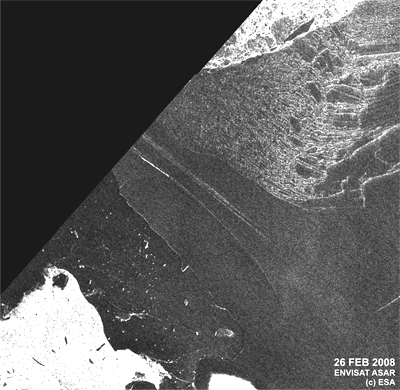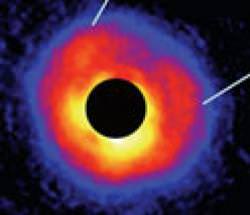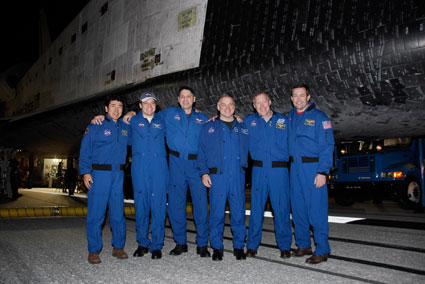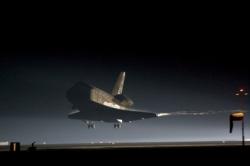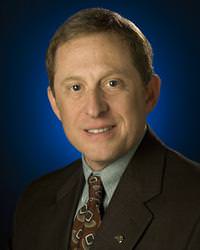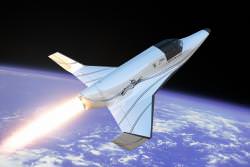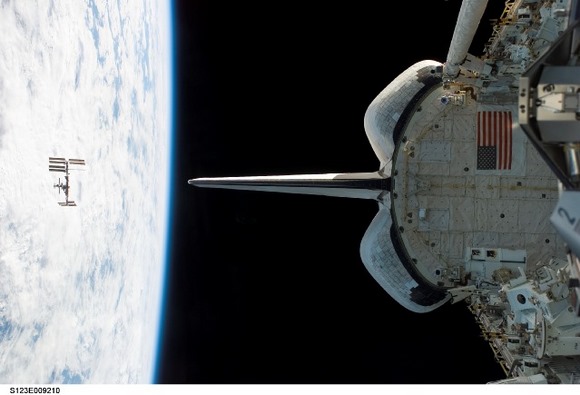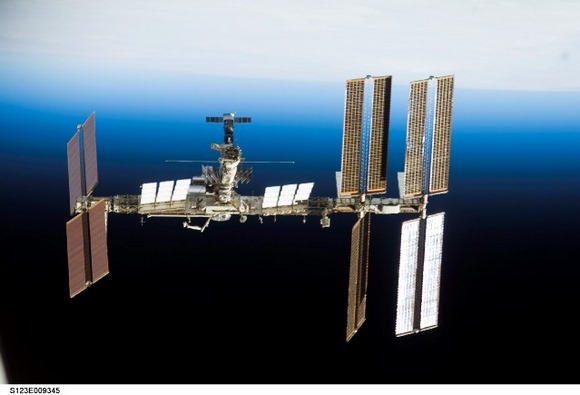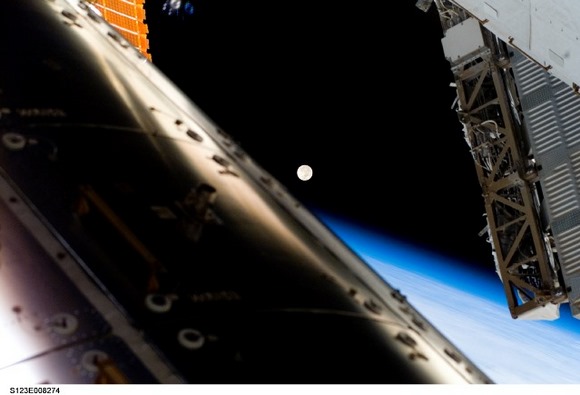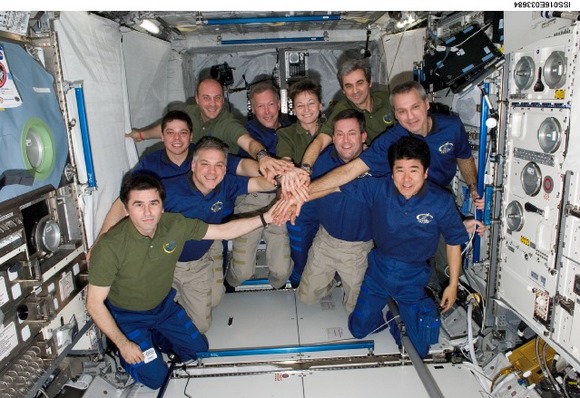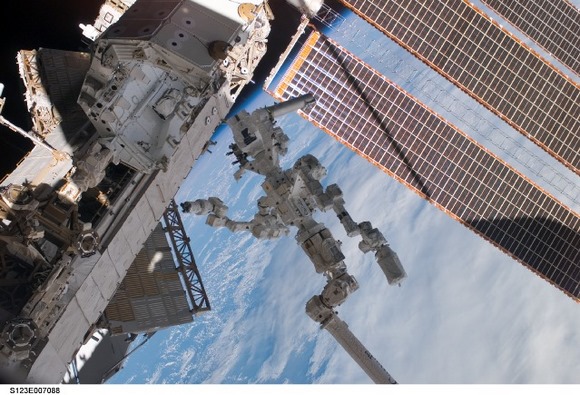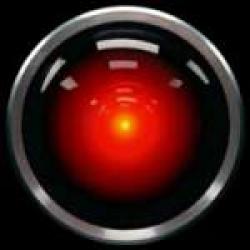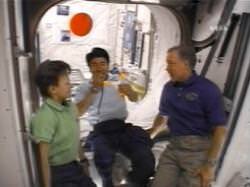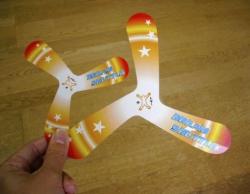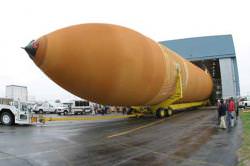If anyone is denial about climate change possibly occuring on Earth, please take a look at this. This animation highlights the rapid loss of ice recently on the Wilkins Ice Shelf in Antarctica. Between February 28 and 29, 2008 an area of about 400 sq km disintegrated into large and small icebergs within 24 hours. As a result of the recent collapse, the remaining shelf, which totals about 14 500 sq km, is now only supported by a 6 km strip of ice. This strip is already rifted, and the remaining strip is in danger of breaking up as well.
The Wilkins Ice Shelf is a broad plate of floating ice south of South America on the Antarctic Peninsula. Since the ice shelf is already floating, this event will not cause a rise in sea level. However, ice shelves on the Antarctic Peninsula are sandwiched by extraordinarily raising surface air temperatures and a warming ocean, making them important indicators for on-going climate change.
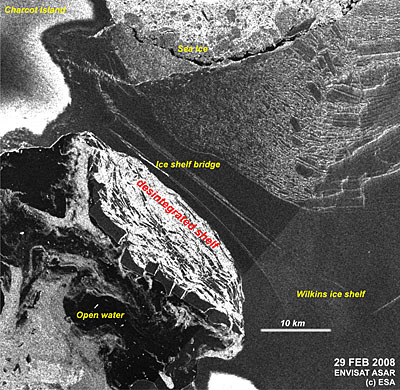
Thousands of years of accumulated and compacted snow on the Antarctic central plateau have formed a mighty ice sheet which flows under gravity towards the coastal plane. Along the coast the ice gradually floats on the sea – to form massive ledges known as ice shelves. But as the temperature has increased, several ice shelves have broken up and disintegrated.
The images used for this annimation were taken by the ESA’s Envisat satellite. Within days of its launch, Envisat captured the disintegration of the Larsen-B ice shelf in Antarctica on 18 March 2002. Scientists estimate Larsen-B had been stable since the last ice age 12,000 years ago.
These images were acquired as part of ESA’s support to the International Polar Year (IPY) 2007-2008, a large worldwide science programme focused on the Arctic and Antarctic.
Original News Source: ESA Press Release

